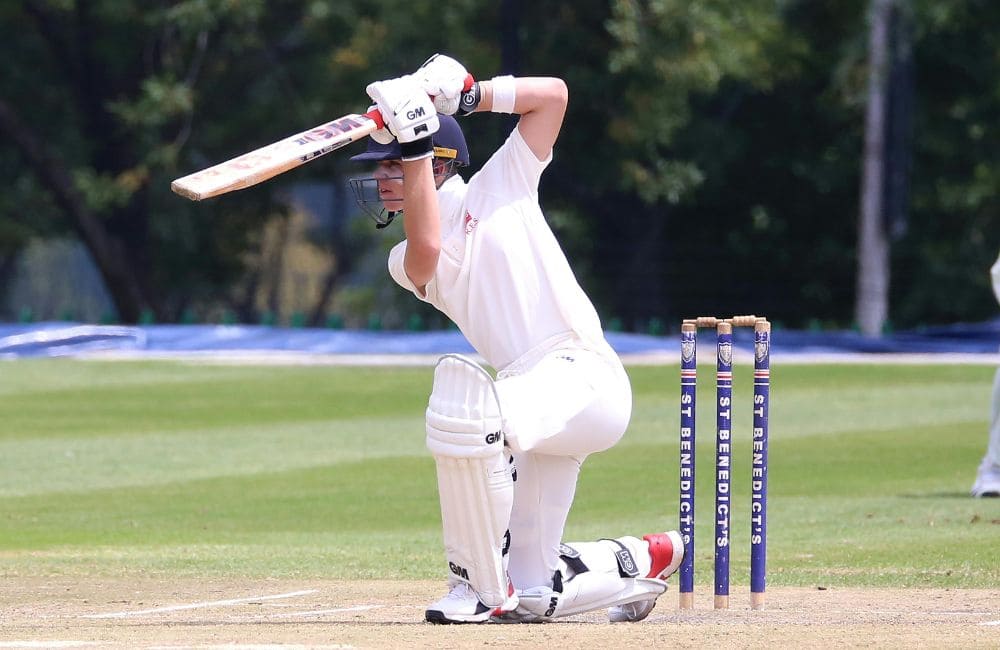The Evolution of Cricket: From Traditional Test Matches to T20
Cricket’s evolution is a testament to its adaptability and enduring appeal. From the leisurely pace of Test matches to the adrenaline-fueled excitement of T20, cricket has transformed dramatically over the centuries.
The origins of cricket date back to 16th-century England, where it began as a rustic pastime. By the 18th century, it had evolved into an organized sport with rules and competitive leagues. The introduction of Test cricket in 1877 marked the beginning of international play, with matches lasting up to five days. This format emphasized patience, strategy, and endurance.
The 20th century saw the rise of One Day Internationals (ODIs), first introduced in 1971. ODIs limited each team to 50 overs, making games shorter and more appealing to wider audiences. The format gained immense popularity, especially with the advent of the Cricket World Cup in 1975.
In the early 2000s, Twenty20 (T20) cricket emerged, revolutionizing the game. With only 20 overs per team, T20 matches are action-packed and often completed in under three hours. This format’s high-scoring nature and thrilling finishes have attracted new fans and lucrative sponsorship deals.
The shift from Test cricket to T20 reflects a broader trend toward fast-paced entertainment. Yet, each format retains its unique charm, making cricket a sport that caters to diverse preferences.

